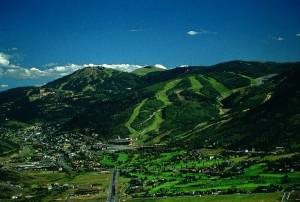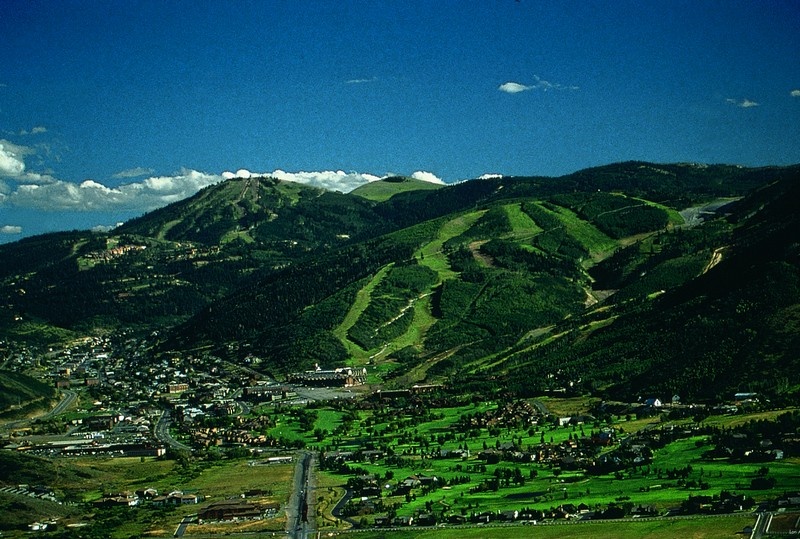Denver, CO – Momentum for vacations at mountain destinations throughout the western U.S. have continued to show increasing strength in both occupancy and daily rate, according to the latest data released on Monday by the Mountain Travel Research Program (MTRiP). The average on-the-books occupancy for the month of June among participating mountain destinations across Colorado, Utah, California and Oregon was up 17 percent compared to the same month last year while the average daily rate (ADR) climbed 3.9 percent for the month.
The monthly report also tracks the upcoming six months and as of June 30, the remainder of the summer and fall look equally promising with July up 9.6 percent compared to last July and for the six-month period (July-December), year-over-year occupancy is up 10.6 percent compared to the same time last year. Gains are being reported in four of the six months (July-October). November and December are currently both down compared to last year at this time.

“Last month’s data showed that reservation activity was pointing to a busy summer for mountain destinations and we were excited to see that pacing continues this month with strong growth in occupancy for the next four months,” says Ralf Garrison, director of MTRiP. “And, just like in the winter months, weather is a ‘wildcard’ that shapes the plans of destination visitors. In this case, it appears that record-breaking heat across most of the country is providing additional incentive for people to head to the cooler temperatures in mountain resorts and that activity is serving to offset the negative impact of early season wildfires, particularly in Colorado.”
The report also monitors economic indicators and provides analysis on their potential impact on participating mountain destinations. During the month of June, indicators cited as positive were an upswing in the Dow Jones Industrial Average–up 3.9 percent from May despite a stagnant unemployment rate and flagging consumer confidence. Other positives listed were the slight decrease in the Consumer Price Index, a 13 percent decrease in the price of crude oil, which provides consumer relief at both the pump and in retail purchases due to the decreased costs in transporting merchandise.
The two primary indicators posted on the negative side of the economic news were the virtually flat unemployment rate at 8.2 percent that is closely associated with the fourth consecutive month of declines in the Consumer Confidence Index which was down to its lowest level since January 2012.
“While there continues to be a lot of fluctuation in the various economic indicators that we track as part of our monthly analysis, it is pretty clear that the lower level of consumer confidence isn’t having a negative impact on the mountain lodging community so far,” observes Tom Foley, operations director for MTRiP. “Anecdotally, we are pretty sure that the unusually hot temperatures in the ‘flatlands’ this summer are having more impact on mountain business than usual but appreciable declines in gas prices are probably helping too,” he added.
Despite all the positive news this month, MTRiP’s team still cautions their destinations to be attentive and proactive.
“Actual summer occupancy, daily room rates, and special events and activities are delivering the kind of numbers we haven’t seen for several years,” claims Garrison. “However, as an industry, we’ve learned our lessons well in the past few years and encourage all of our mountain destinations to pay close attention to their individual numbers, the economy, and Mother Nature because everyone understands now that even positive trends can change quickly.”

